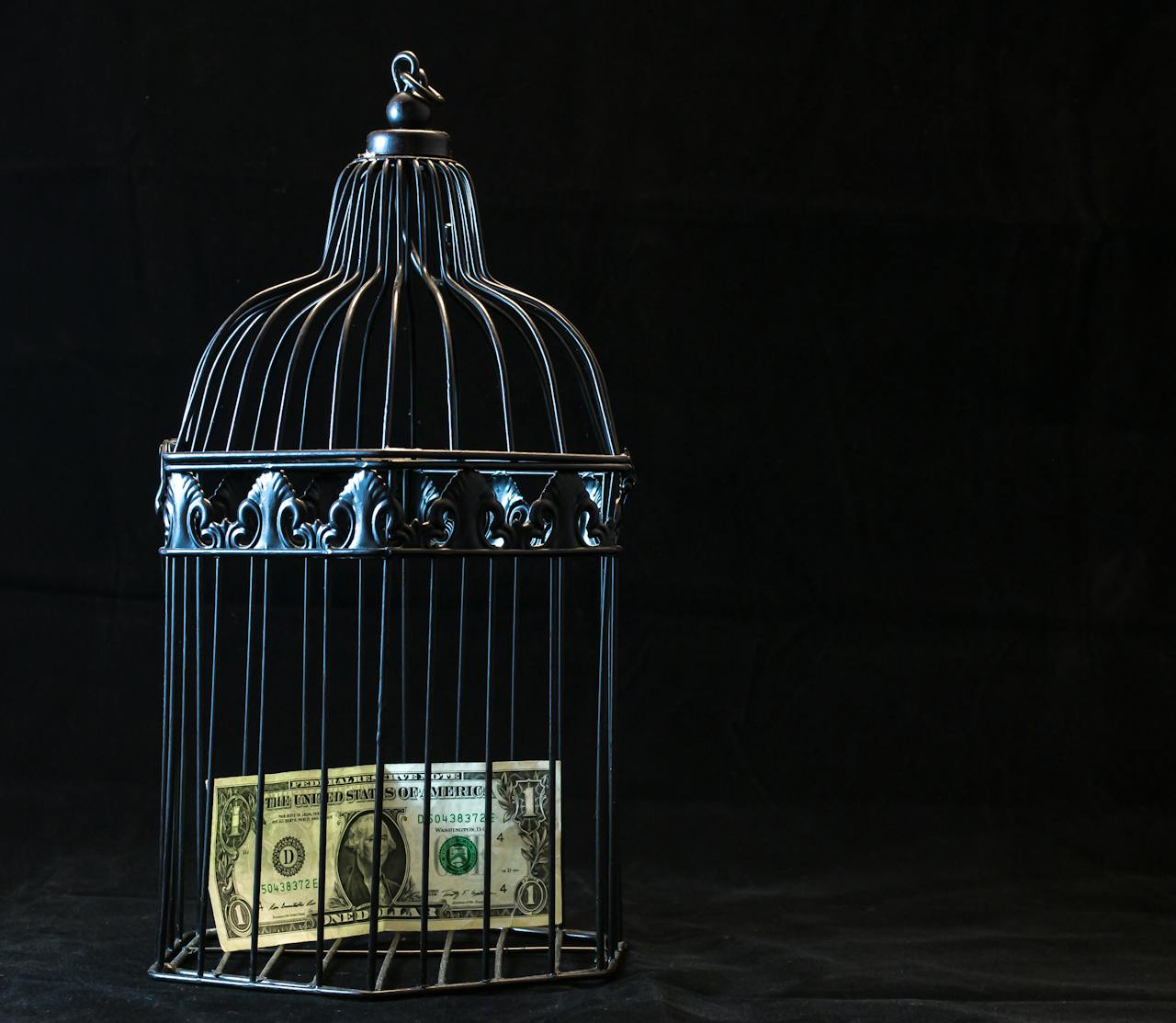Personal Budgeting: A Roadmap to Financial Freedom
Personal budgeting tracks spending, sets limits and adjusts to help avoid debt and reach financial goals.

Managing personal finances can often feel like a daunting task, but with a solid budget in place, it’s much easier to achieve your financial goals. Personal budgeting is not just about restricting spending; it’s about gaining control over your finances and making your money work for you. In this blog post, we will delve into the essentials of personal budgeting and provide a step-by-step guide to help you create and maintain a budget that aligns with your financial goals.
Why Budgeting is Important
Budgeting is crucial for several reasons:
- Financial Awareness: Knowing exactly where your money goes each month helps you make informed financial decisions.
- Debt Management: A budget helps you allocate funds to pay off debts and avoid unnecessary interest payments.
- Savings Goals: Whether it’s for an emergency fund, a vacation, or retirement, budgeting helps you set aside money for future needs.
- Spending Control: It prevents overspending by highlighting unnecessary expenses.
- Financial Security: Having a budget reduces financial stress and prepares you for unexpected expenses.
Steps to Create a Personal Budget
1. Determine Your Income
The first step in creating a budget is to determine your total income. This includes:
- Salary
- Freelance work
- Investments
- Any other sources of income
2. Track Your Expenses
For one month, track all your expenses to understand where your money is going. Categorize your expenses into:
- Fixed Expenses: Rent, utilities, insurance
- Variable Expenses: Groceries, entertainment, dining out
- Discretionary Expenses: Non-essential spending like hobbies or luxury items
3. Set Financial Goals
Identify your short-term and long-term financial goals. These could include:
- Building an emergency fund
- Paying off debt
- Saving for a down payment on a house
- Retirement savings
4. Create Your Budget
Using the information from the previous steps, create a budget. Allocate your income to cover:
- Essential expenses (needs)
- Savings and investments (future needs)
- Discretionary spending (wants)
5. Implement and Adjust
Start following your budget and monitor your spending. It’s important to be flexible and make adjustments as necessary. Life circumstances change, and your budget should adapt accordingly.
6. Review Regularly
Review your budget regularly to ensure it still aligns with your financial goals. Make necessary adjustments to stay on track.
Tips for Successful Budgeting
- Use Budgeting Tools: Utilize apps and software to help you track your expenses and stay organized.
- Automate Savings: Set up automatic transfers to your savings account to ensure you save consistently.
- Cut Unnecessary Expenses: Identify and eliminate expenses that don’t add value to your life.
- Stay Disciplined: Stick to your budget and resist the urge to overspend.
Conclusion
Creating a personal budget is a powerful step towards achieving financial stability and freedom. It provides a clear picture of your financial situation and helps you make informed decisions. By following the steps outlined in this guide, you can take control of your finances, reduce financial stress, and work towards your financial goals with confidence.




